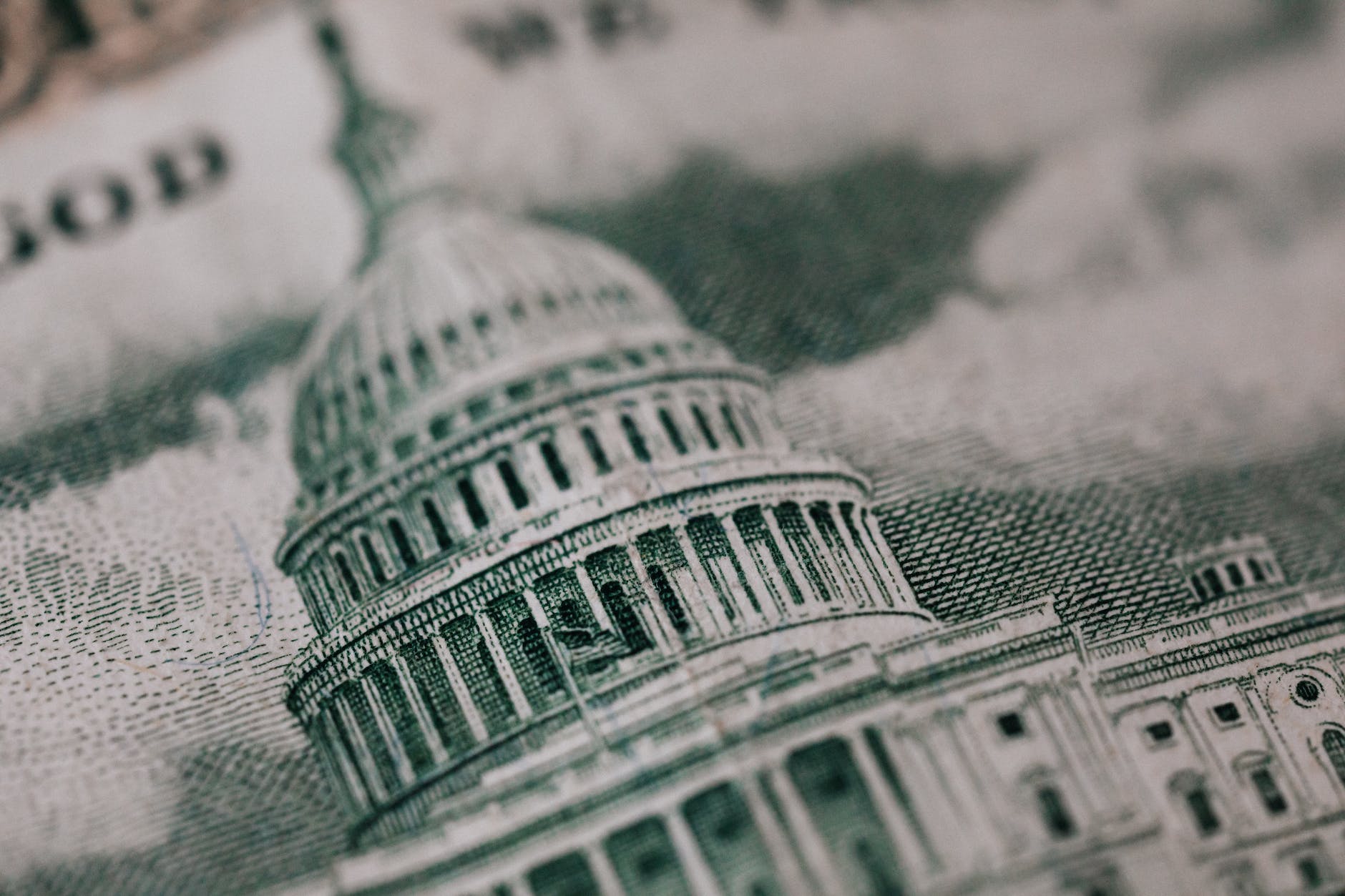Since the dawn of humanity, individuals have persevered in their quest to explore the profound perplexities of consciousness, reality and the universe. One method over the millennia has involved delving into the mystifying world of psychedelic substances. From the spiritual ceremonies involving peyote in Native American traditions, to modern therapeutic applications of MDMA, psychedelic substances have demonstrated a multitude of facets that encompass both spiritual experiences and potential therapeutic applications.
Psychedelic substances, historically stigmatized and illicit, are now experiencing a revitalization through the lens of neuroscience and psychology. Modern research is incessantly delving into the effects of substances such as DMT, ayahuasca, San Pedro, ibogaine and others, validating their therapeutic potential in treating a range of mental health disorders, including depression, anxiety and addiction.
DMT, or N, N-Dimethyltryptamine, naturally produced in many plant species and some mammals, offers extraordinary hallucinogenic experiences. These journeys into alternative realities often instigate profound changes in perception and lead to introspection, providing potential therapeutic benefits for those grappling with existential questions.
Ayahuasca, a blend of two plants originating from the Amazon rainforest, is well-known for its deep psychological effects. The strong spiritual experiences ayahuasca engenders have been incorporated into various religious rituals and used as a healing tool in South American cultures. Contemporary research indicates its potential in alleviating symptoms of trauma and depression.
Peyote and San Pedro are two types of cacti that possess psychedelic properties. Their key ingredient, mescaline, has been widely used in spiritual ceremonies by Native American communities for years. Profound hallucinations, changes in perception of time, and feelings of euphoria are common effects. These psychedelic experiences give way to self-reflection and heightened attentiveness to one’s internal state and surroundings.
Then, there is ibogaine, a naturally occurring psychoactive substance found in plants of the Apocynaceae family. Traditionally used by several African tribes in religious rituals, it later garnered attention for its potential in treating addiction. Modern research shows ibogaine has significant potential in interrupting substance use disorders by reducing withdrawal symptoms and cravings.
MDMA, or methylenedioxymethamphetamine, stands somewhat apart from the other substances in this list due to its synthetic nature. Nonetheless, this substance known for its empathogenic properties, has shown immense promise in the realm of post-traumatic stress disorder (PTSD) therapy. Its ability to foster feelings of love, trust, and compassion make it an ideal adjunct to therapy, allowing patients to confront and process long-standing trauma.
In the middle of considerable stigma and legal constraints, the scientific community continues to explore the therapeutic potential of these substances. Vigilant balancing of both their beneficial properties and potential risks can unveil effective therapies for various mental health disorders. However, the use of these substances must be endorsed responsibly under medical supervision due to their powerful hallucinogenic effects, potential side-effects, and the possibility of misuse.
Finally, it is worth acknowledging that while many people have found enlightenment, self-understanding or therapeutic value in these substances, they are not a universal solution suitable for everyone. The exploration of psychedelic substances is a deeply personal journey that requires careful consideration, preparation, and guidance.
Psychedelic substances have been intertwined with human history, significantly contributing to our understanding of consciousness and perception. Their resurgence in both recreational and therapeutic contexts reveals the continued fascination with these powerful substances. As researchers uncover more about their potential benefits, we can look forward to a deeper understanding and the development of innovative therapeutic modalities.








